- Home
- Video Courses
- Certifications
- 98-381: Introduction to Programming Using Python Dumps


98-381: Introduction to Programming Using Python Certification Video Training Course
98-381: Introduction to Programming Using Python Certification Video Training Course includes 10 Lectures which proven in-depth knowledge on all key concepts of the exam. Pass your exam easily and learn everything you need with our 98-381: Introduction to Programming Using Python Certification Training Video Course.
Curriculum for Microsoft Python 98-381 Certification Video Training Course



98-381: Introduction to Programming Using Python Certification Video Training Course Info:
The Complete Course from ExamCollection industry leading experts to help you prepare and provides the full 360 solution for self prep including 98-381: Introduction to Programming Using Python Certification Video Training Course, Practice Test Questions and Answers, Study Guide & Exam Dumps.
Practice Tests for MTA 98-381: Introduction to Programming Using Python
Course Overview
The MTA 98-381 certification exam is designed for learners who want to prove their foundational knowledge of Python programming. This training course serves as a comprehensive preparation path that builds not only the technical skills required for the exam but also the problem-solving mindset needed for real-world applications. The exam focuses on fundamental programming tasks such as working with data types, understanding flow control, managing input and output, and using built-in Python modules effectively.
This course is structured to provide learners with clarity and direction. Each section is carefully designed to build progressively from basic concepts to applied practice. By the end of the training, learners will have the confidence to attempt the exam while also acquiring valuable Python programming experience that goes beyond certification.
The Importance of Python for Beginners
Python has quickly become one of the most popular programming languages worldwide. Its simplicity, readability, and versatility make it an ideal choice for beginners. Unlike many programming languages that intimidate new learners with complex syntax, Python allows students to focus on solving problems rather than struggling with rules of the language. This makes it the perfect language to begin a programming journey.
Why the MTA 98-381 Certification Matters
The MTA 98-381 certification is recognized as a beginner-level credential that demonstrates a student’s ability to work with Python. For aspiring developers, data analysts, or IT professionals, this certification can serve as a strong stepping stone. It validates skills in writing and debugging code, understanding Python’s core features, and applying these skills to practical tasks.
Employers often look for evidence of structured learning, and this certification provides exactly that. It shows commitment to professional growth and a willingness to learn systematically.
Structure of the Training Course
This training program is divided into four major parts. Each part covers crucial aspects of Python programming aligned with the MTA 98-381 objectives. The structure ensures that learners start with fundamentals before progressing into deeper applications and advanced practice.
Modules as Building Blocks
The modules of this course are the foundation of preparation. Each module represents a key area of knowledge tested in the exam. By moving through modules in order, learners will gradually build a complete understanding of Python basics.
Introduction to Python Syntax
The first major module introduces learners to the syntax of Python. Syntax is the set of rules that define how a language is written and interpreted by the computer. Understanding Python syntax is essential because it ensures that learners can write programs that run without errors. The module covers keywords, variables, indentation, and comments. It emphasizes the readability of Python and why indentation is critical compared to other languages.
Data Types and Operators
A central theme in the exam is data manipulation. This module introduces data types such as strings, integers, floats, and booleans. Learners explore how Python represents information and how these types interact with each other. Operators such as addition, subtraction, multiplication, division, and logical operations are covered. This knowledge forms the bedrock of programming tasks.
Flow Control with Decisions
Every program must make decisions. This module dives into conditional statements such as if, elif, and else. Learners understand how to guide the flow of a program based on conditions. This part of the course highlights real-world examples where decisions change program outcomes, such as validating input or checking permissions.
Iteration with Loops
Repetition is often required in programming, and Python provides tools such as for loops and while loops. This module covers the mechanics of iteration, explaining how loops save time and reduce errors compared to writing repetitive code manually. Learners practice building simple programs that rely on iteration to process data sets and automate tasks.
Functions and Modular Programming
Functions are the backbone of organized programming. This module introduces the concept of defining and calling functions in Python. Learners discover how to write reusable code that performs specific tasks. Parameters, return values, and scope are explained clearly. The importance of modular programming for managing large projects is emphasized.
Working with Data Structures
Python offers versatile data structures such as lists, tuples, sets, and dictionaries. This module focuses on how to store, retrieve, and manipulate collections of data. Each structure is explained with examples, and learners practice solving problems that involve grouping related information.
Input and Output in Python
Interaction with users is key to many programs. This module covers input and output operations. Learners explore how to gather input from users and display results in a structured way. File handling is introduced to show how Python can read from and write to files. Practical exercises demonstrate how input and output expand the functionality of programs.
Error Handling and Debugging
Programs are rarely perfect on the first try. This module equips learners with the skills to identify and resolve issues. Error types such as syntax errors, runtime errors, and logical errors are explained. Learners practice debugging techniques and learn how to use try-except blocks for error handling.
Using Python Modules
The exam also evaluates knowledge of Python’s built-in modules. This module introduces the concept of importing and using modules. Learners practice with math, random, and datetime modules. The module highlights how modules extend Python’s functionality and reduce the need to reinvent solutions.
Exam Preparation and Practice
The final part of the course overview introduces learners to the importance of practice. The exam requires both knowledge and the ability to apply it quickly. Learners are guided on how to use practice questions effectively, manage their time, and build exam confidence.
Learning Beyond the Exam
While the focus is on the MTA 98-381 exam, this course also emphasizes practical skills. Python is used in web development, data science, automation, and artificial intelligence. Learners are encouraged to think about how Python can be applied to their personal career goals beyond passing the exam.
Continuous Growth in Programming
Programming is not a skill learned in isolation. This overview closes by reminding learners that growth comes from continuous practice, curiosity, and building projects. The MTA 98-381 certification is a milestone, but it should be viewed as the starting point for deeper exploration into the world of Python programming.
Course Roadmap
The roadmap of this course sets learners on a journey. Starting with Python syntax and basic programming constructs, learners gradually master decision-making, iteration, and modular programming. They then progress to working with data structures, handling input and output, and managing errors effectively. By the end, they have a well-rounded skill set and the readiness to succeed in the exam.
Building Confidence in Python
The ultimate goal of this training is to help learners build confidence in their programming ability. Confidence comes from practice, structured guidance, and clarity of concepts. With this course, learners are not only preparing for an exam but are also preparing to think and work like programmers.
Requirements of the Course
The success of any training course depends not only on the quality of the content but also on the preparation and readiness of learners before they begin. The MTA 98-381 Python training course is designed to be accessible, yet it requires certain foundations that make the learning experience smoother and more rewarding. These requirements are not meant to discourage participation but to ensure that learners have the right mindset, environment, and resources for success.
Foundational Knowledge
A strong starting point for learners is having basic computer literacy. This means being comfortable using a computer, managing files, and navigating operating systems. Programming is built on logical thinking, so learners should already have a basic ability to solve simple problems step by step. Prior experience with programming is not strictly necessary, but having some exposure to concepts such as what a program does, how instructions are executed, or how commands produce results can be beneficial.
Comfort with Mathematics
Mathematics plays a role in programming because many tasks require working with numbers, operations, and logical reasoning. Learners do not need advanced mathematics to succeed in this course, but familiarity with arithmetic, simple algebra, and logical comparisons helps a great deal. For example, being able to understand comparisons like greater than or less than, or performing calculations with percentages, will make programming exercises easier to follow.
Analytical Thinking
Programming requires breaking down problems into smaller pieces and solving them in order. Learners need to practice analytical thinking, where they take a larger issue and identify the steps to solve it. This skill is often developed naturally through puzzles, mathematics, or everyday problem solving. Analytical thinking ensures that learners can understand how to move from requirements to a solution written in Python code.
A Learning Mindset
Perhaps the most important requirement is the right mindset. Programming often involves trial and error. Learners must be willing to practice repeatedly, accept mistakes, and learn from them. Instead of becoming frustrated by errors, learners should see them as an opportunity to grow. The course encourages persistence, patience, and curiosity as central traits of a successful programmer.
Access to Technology
Learners will need access to a computer that can run Python comfortably. Most modern laptops and desktops are sufficient since Python is lightweight and does not demand powerful hardware. The course recommends using an updated operating system such as Windows, macOS, or Linux. Reliable internet access is also essential, as many practice materials, modules, and additional references are delivered online.
Installing Python
Before starting the course, learners should install Python on their systems. The official Python website provides installers that are free and easy to use. The recommended version for this course is Python 3, as it is the standard used in the MTA 98-381 exam. Learners should also ensure that the installation is working by opening a terminal or command prompt and running a simple test program. The course includes guidance for this setup, but learners should be comfortable following installation instructions.
Working Environment Setup
A well-prepared working environment enhances the learning process. Learners should set up an integrated development environment or text editor suitable for Python programming. Options include IDLE, which comes with Python, or more advanced editors such as Visual Studio Code or PyCharm. A clean and organized workspace allows learners to focus on writing and testing code without distractions.
Time Commitment
The course requires consistent effort over time. Learners should be prepared to dedicate regular study sessions, ideally several hours per week, to cover lessons and practice exercises. Programming is not mastered overnight, and the MTA 98-381 exam expects learners to demonstrate understanding through application. Setting aside structured time reduces stress and ensures steady progress.
Familiarity with English
The exam and much of the programming documentation are written in English. Learners should have a working understanding of English to follow instructions, read questions, and interpret code examples. While the course explains terms clearly, a base level of English comprehension helps learners understand keywords and error messages that appear in Python.
Motivation for Certification
Another requirement is a clear sense of motivation. Learners should know why they are pursuing the MTA 98-381 certification. For some, it may be to begin a career in programming. For others, it might be to validate existing skills or prepare for further study in computer science. Having a clear purpose gives learners focus and helps them persist when challenges arise.
Access to Practice Resources
Preparation for the MTA 98-381 exam includes practicing with exercises and sample questions. Learners should ensure they have access to practice tests, coding challenges, and exercises provided within the course. These resources are crucial because they simulate the exam environment and highlight areas that need improvement.
Study Environment
Creating a distraction-free study environment is also a requirement. Learners should choose a quiet place where they can focus on lessons and coding practice. Consistency in the study environment helps learners build habits and develop concentration. A dedicated study area with minimal interruptions makes learning more effective.
Support System
Although this course is designed for self-paced learning, having a support system helps. Learners should consider engaging with peers, online communities, or mentors. A support system provides encouragement, clarifies doubts, and helps learners stay motivated throughout the preparation period.
Readiness for Assessment
Learners should also be mentally prepared for assessment. The MTA 98-381 exam tests knowledge through multiple-choice questions and scenario-based problems. This requires a calm and prepared mindset. Practice with timed questions is part of the course, but learners should also develop strategies to remain composed under exam conditions.
Self-Discipline
A successful learner in this course must exercise self-discipline. Unlike traditional classrooms where instructors set the pace, this training requires learners to manage their own time and effort. Self-discipline ensures that lessons are completed on schedule and that practice exercises are taken seriously.
Willingness to Experiment
Python encourages creativity and exploration. Learners should be willing to experiment with writing their own small programs, testing different solutions, and exploring alternative ways to solve problems. This willingness to explore beyond the strict curriculum deepens understanding and prepares learners for unexpected challenges in the exam.
Openness to Feedback
Another requirement is openness to feedback. Learners should not only rely on their own evaluation but also seek external opinions on their progress. Whether it comes from practice test results, mentors, or peers, feedback provides valuable insight into strengths and areas for improvement.
Adapting to Challenges
Learning Python and preparing for an exam will inevitably present challenges. Requirements include the ability to adapt to these obstacles rather than giving up. Whether the challenge is a difficult topic, an error in code, or time management, adaptability ensures continued progress.
Balancing Theory and Practice
Learners should be ready to balance theoretical knowledge with practical application. The exam evaluates both understanding and implementation, so reading about concepts without applying them is not enough. A requirement for this course is to commit to practicing code regularly, reinforcing theory through hands-on experience.
Building Long-Term Skills
Finally, learners should approach this course with the mindset of building long-term skills rather than just passing an exam. Python knowledge acquired here can be applied to many fields such as web development, automation, or data analysis. Viewing the requirements as part of a broader career journey gives learners greater motivation and purpose.
Course Description
The MTA 98-381 Python course is a structured training program that guides learners through the essential foundations of programming in Python. It is designed to serve both as preparation for the Microsoft Technology Associate certification and as a complete introduction to programming. The course uses clear explanations, examples, and exercises to build confidence step by step. By the time learners complete this training, they will not only be prepared for the certification exam but also possess practical skills that can be applied to real projects.
This course focuses on the fundamentals of programming, making it suitable for complete beginners who want to take their first steps into coding. The design is simple and gradual, ensuring that complex concepts are broken into digestible lessons. Each section is crafted to build upon the last so that learners progress naturally from basic ideas to more advanced programming structures.
Purpose of the Course
The purpose of the MTA 98-381 Python training is to give learners a solid understanding of programming concepts through Python. The exam measures the ability to perform core programming tasks such as using variables, controlling flow with decisions and loops, working with data structures, writing functions, and debugging code. This course prepares learners by covering each of these areas in detail with a focus on clarity and application.
Beyond exam preparation, the course is built to equip learners with skills that extend into real-world applications. Python is widely used in software development, automation, web applications, and data science. Therefore, the skills learned here become stepping stones for more advanced programming paths.
Focus on Beginners
One of the most important features of this course is that it is crafted with beginners in mind. No prior programming experience is required, and the course introduces concepts at a pace that is friendly to new learners. Programming can often feel intimidating, but this course breaks down complex ideas into simpler explanations that make sense even to those with no technical background.
Learners are guided through the basics of writing and running their first programs, which builds confidence early. This sense of accomplishment encourages continued engagement and makes the learning journey enjoyable rather than overwhelming.
Course Objectives
At its core, this course aims to develop problem-solving abilities through programming. Learners will be able to write simple programs, debug errors, and structure solutions effectively. By mastering these skills, learners are not only preparing for the certification exam but also gaining the ability to think like a programmer.
Another key objective is to provide hands-on practice. Programming cannot be learned through theory alone, so this course emphasizes exercises and projects that allow learners to apply what they have studied. This balance between explanation and practice ensures that knowledge becomes practical skill.
Practical Learning
The structure of the course emphasizes practical engagement. Learners write real code in Python, test it, and see results immediately. This hands-on approach makes programming more tangible and less abstract. Instead of only reading about loops or functions, learners build programs that use them in realistic scenarios.
Every concept is tied to examples that relate to common programming tasks. This not only prepares learners for the exam but also helps them see how Python can solve everyday problems.
Exam-Oriented Content
Since the main certification targeted by this training is the MTA 98-381, the course is aligned closely with the official exam objectives. Each module corresponds to the skills measured in the exam. This alignment ensures that learners are not only gaining programming skills but also covering the exact areas that will appear on the test. As a result, learners enter the exam room with confidence that their preparation has been targeted and effective.
Who This Course Is For
This course is for anyone interested in learning programming with Python, particularly those who want to earn the MTA 98-381 certification. It is designed to welcome beginners, students, professionals changing careers, and individuals curious about coding. The accessibility of Python and the structured nature of this training make it suitable for a wide audience.
Students Exploring Technology
Many learners taking this course are students who want to explore technology and programming for the first time. For high school or college students, this training provides a strong foundation that complements academic studies. It introduces them to problem-solving through code and gives them a certification that demonstrates their readiness for future opportunities.
Career Changers
This course is also ideal for professionals looking to transition into the technology field. Whether coming from non-technical backgrounds such as business, healthcare, or education, learners can use this training to gain technical credibility. The certification provides evidence of skill acquisition, and the Python knowledge gained opens doors to roles in software development, data analysis, and more.
Aspiring Developers
Individuals who wish to become developers benefit greatly from this training. It gives them the first step in learning a programming language and understanding how software is built. By mastering Python fundamentals, they create a foundation for further studies in specialized areas such as web development, mobile app creation, or artificial intelligence.
IT Professionals Seeking Validation
For IT professionals who already work with technology but have limited coding experience, this course provides an opportunity to strengthen their profile. By learning Python, they can automate tasks, write simple scripts, and extend their skill set. Earning the certification validates these abilities and adds to their professional credibility.
Educators and Trainers
Teachers and trainers who want to introduce programming concepts to their students also find value in this course. The structured nature of the training makes it easy to adapt for classroom use. Educators can use the modules and examples as a foundation for lessons that inspire learners to pursue further programming studies.
Lifelong Learners
Not all learners take the course with a professional goal in mind. Some are lifelong learners who enjoy gaining new skills for personal growth. Python programming can be a rewarding hobby, and the certification adds a sense of achievement. For such learners, the course provides a balance of intellectual challenge and practical application.
Global Audience
Since Python is an internationally recognized language, this course is suitable for learners worldwide. The certification itself is globally acknowledged, making it valuable regardless of geographic location. The use of clear English explanations ensures accessibility for learners whose first language may not be English.
Accessibility for All Backgrounds
A key strength of this course is its inclusivity. It does not assume that learners have prior exposure to coding or technical fields. The lessons are written in clear language and avoid unnecessary jargon. This approach allows learners from diverse backgrounds to feel comfortable and progress confidently.
Preparation for Further Learning
This course is not only about the MTA 98-381 exam but also about preparing learners for continued studies. Once learners complete this training, they are ready to pursue more advanced certifications or explore specialized fields such as data science or cybersecurity. The skills gained here form a strong foundation that supports lifelong learning in technology.
Building Problem-Solving Skills
One of the lasting benefits of this course is the development of problem-solving skills. Regardless of career goals, the ability to break down problems and create structured solutions is valuable in many areas of life. Learners develop logical thinking, persistence, and creativity through programming exercises.
Confidence Through Certification
Completing the course and earning the certification gives learners confidence. Certification acts as external validation of skills, but more importantly, the journey to achieve it builds internal confidence in problem-solving and programming ability. This confidence encourages learners to continue advancing their skills and exploring new opportunities.
Flexible Learning Path
The course is designed to be flexible. Learners can progress at their own pace, revisiting challenging modules as needed. This flexibility makes it suitable for busy professionals, students with limited study time, or individuals balancing multiple commitments. The self-paced structure ensures that everyone can find a rhythm that works for them.
Real-World Relevance
The course consistently emphasizes real-world relevance. Examples and exercises are drawn from scenarios learners may encounter outside the classroom. This focus helps learners see the direct value of their new skills and understand how programming can impact their careers or personal projects.
Long-Term Benefits
The long-term benefit of this course goes beyond passing an exam. Learners gain skills that are transferable to many contexts. Whether they choose to pursue further certifications, build personal projects, or enter the workforce, the knowledge gained here remains valuable. Python is a language with wide applications, and the skills acquired are durable and practical.
Inspiration for Future Learning
Finally, the course aims to inspire learners to continue exploring the world of programming. By providing a positive and rewarding introduction to coding, it encourages curiosity and a growth mindset. Learners who complete this course often find themselves motivated to take on greater challenges, pursue new certifications, and expand their programming knowledge further.
Student Feedback
Similar Microsoft Video Courses
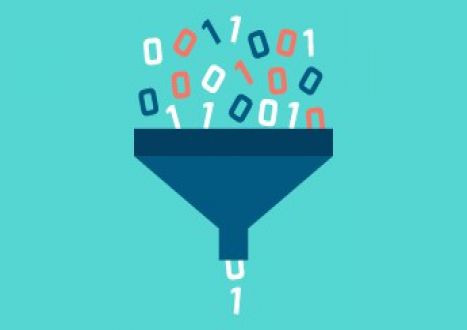





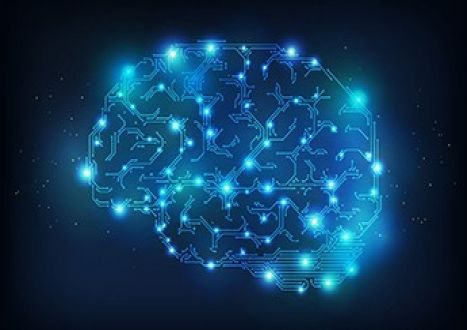










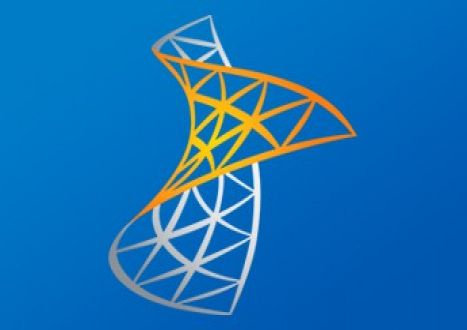









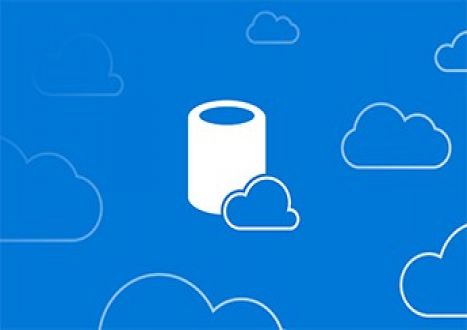


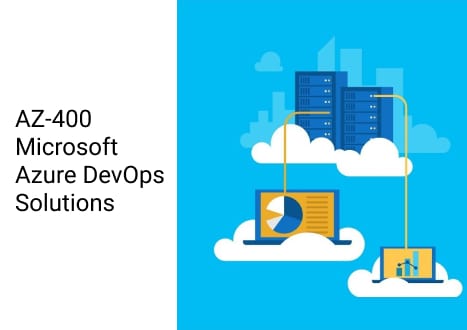




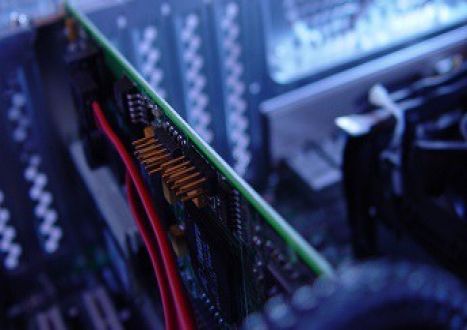
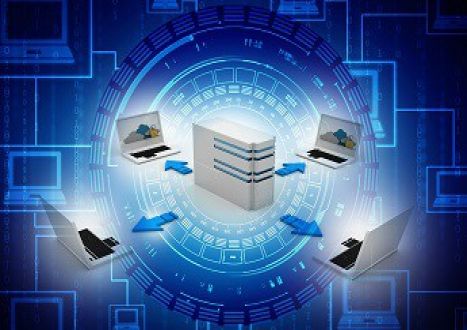



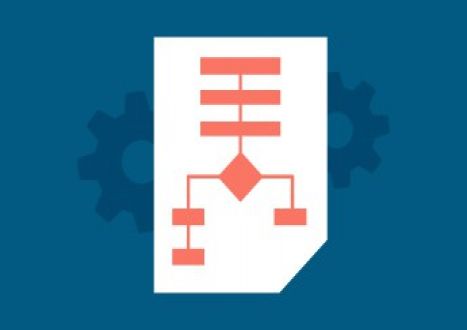


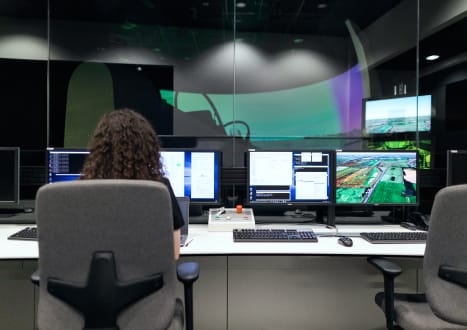



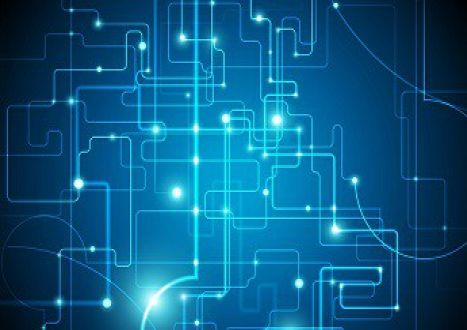







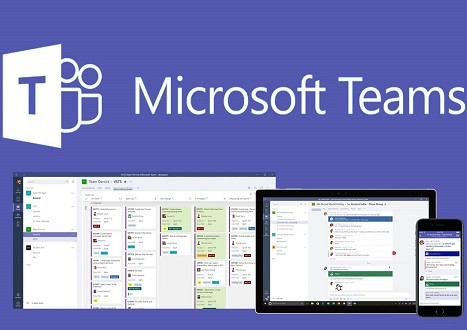



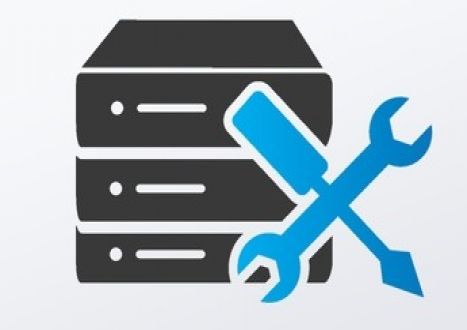





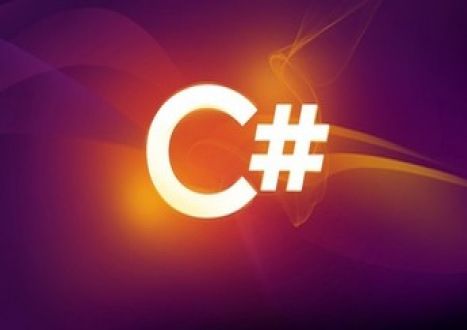
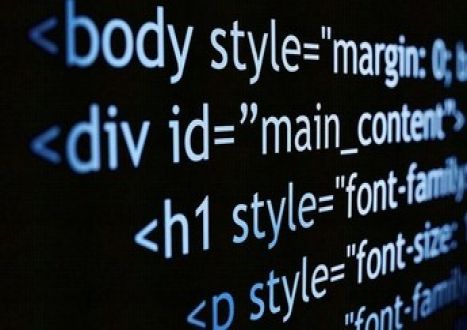

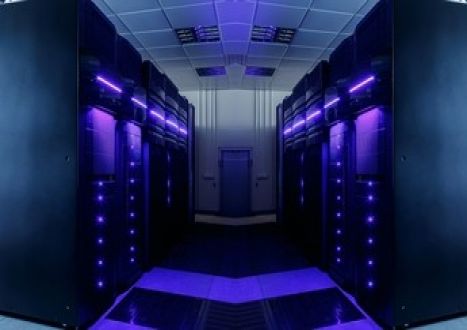

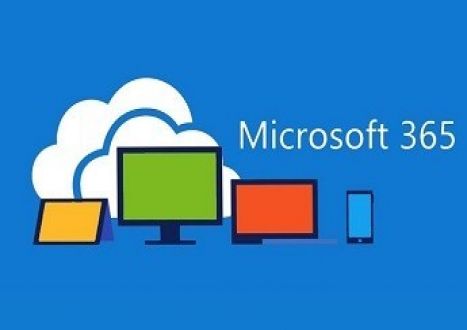

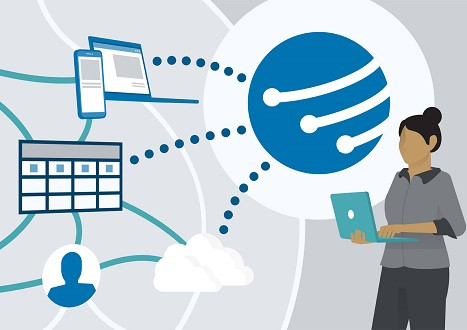
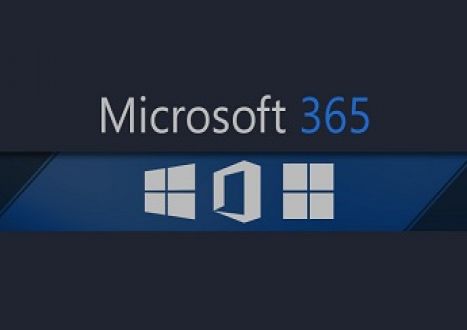

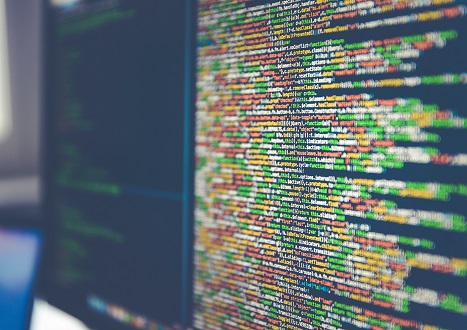
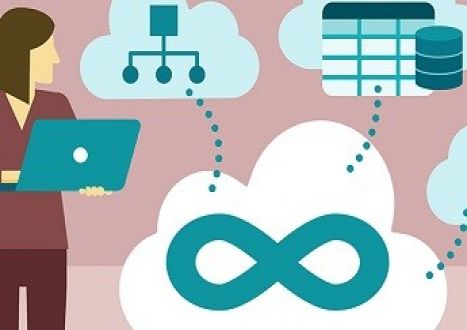






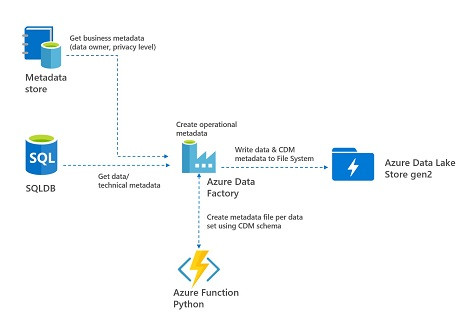

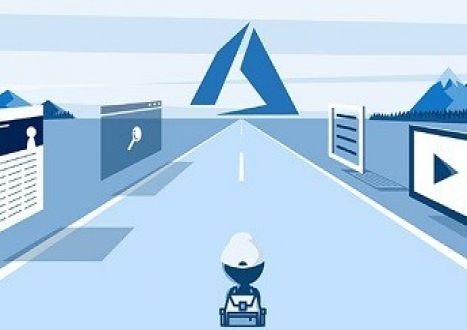


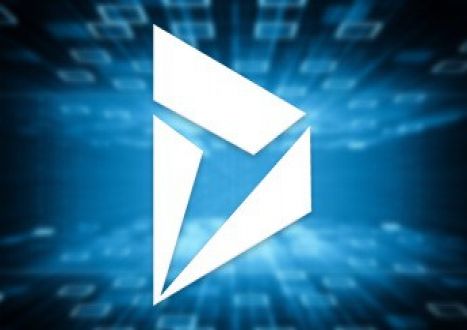






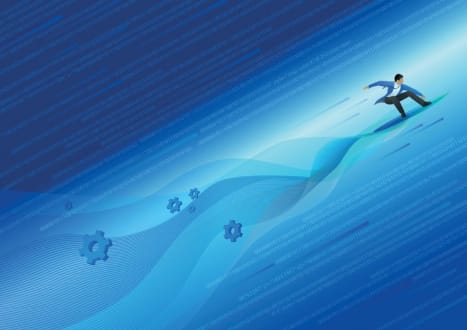


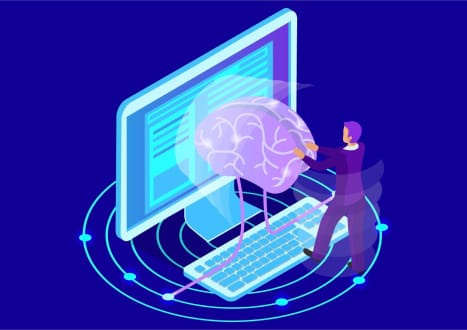
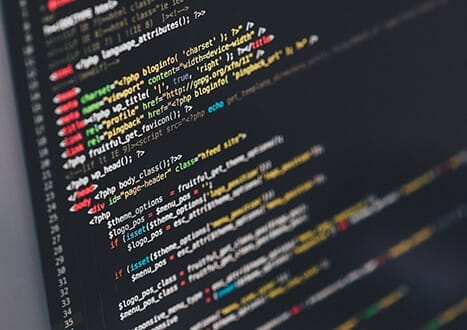

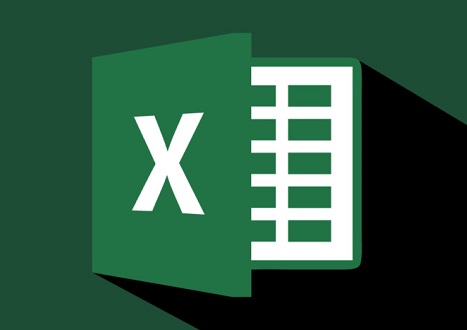






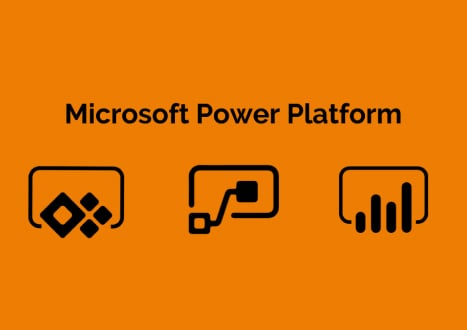



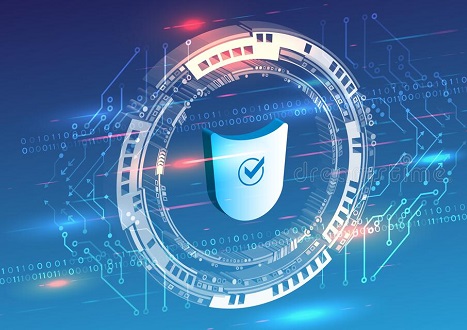


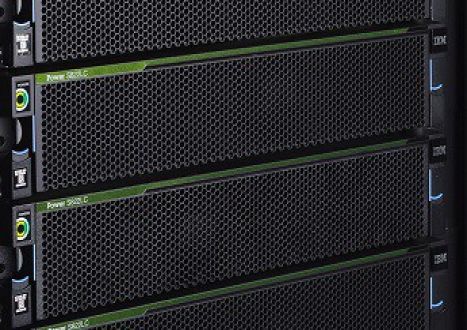
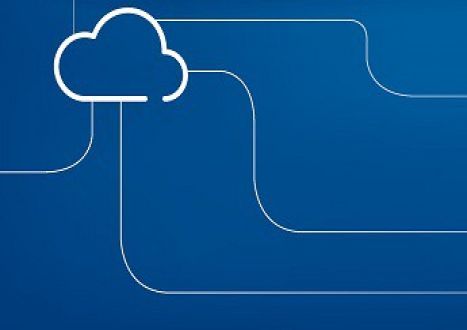


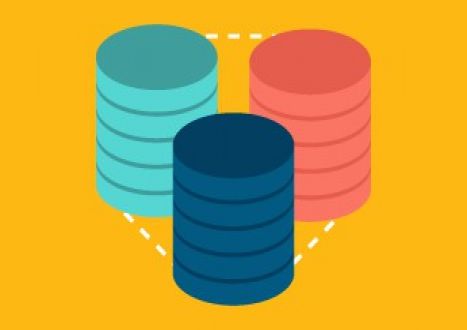
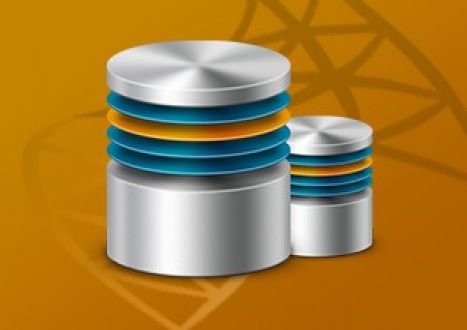


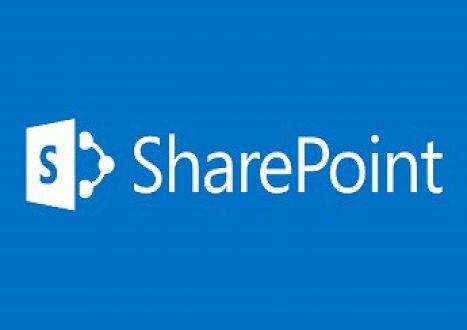


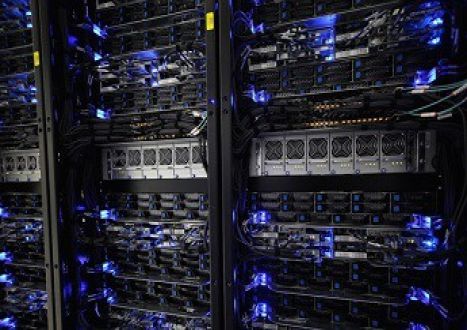



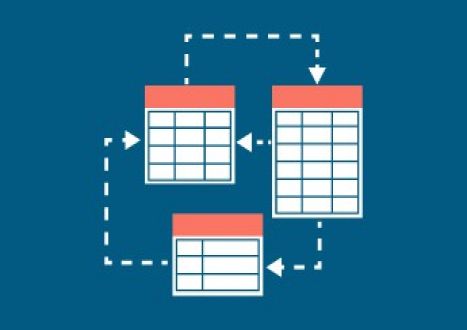








































































































Only Registered Members Can Download VCE Files or View Training Courses
Please fill out your email address below in order to Download VCE files or view Training Courses. Registration is Free and Easy - you simply need to provide an email address.
- Trusted By 1.2M IT Certification Candidates Every Month
- VCE Files Simulate Real Exam Environment
- Instant Download After Registration.
Log into your ExamCollection Account
Please Log In to download VCE file or view Training Course
Only registered Examcollection.com members can download vce files or view training courses.




